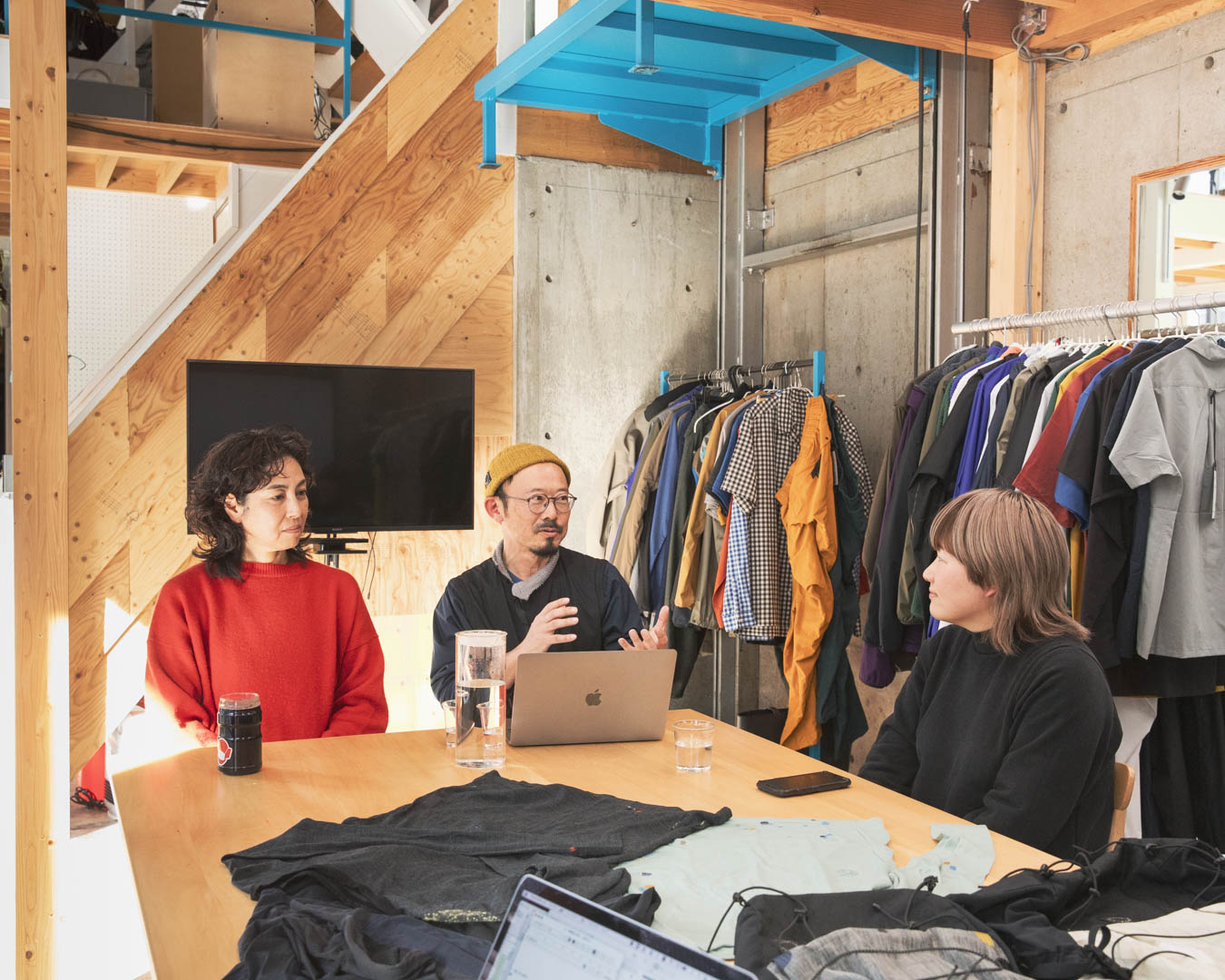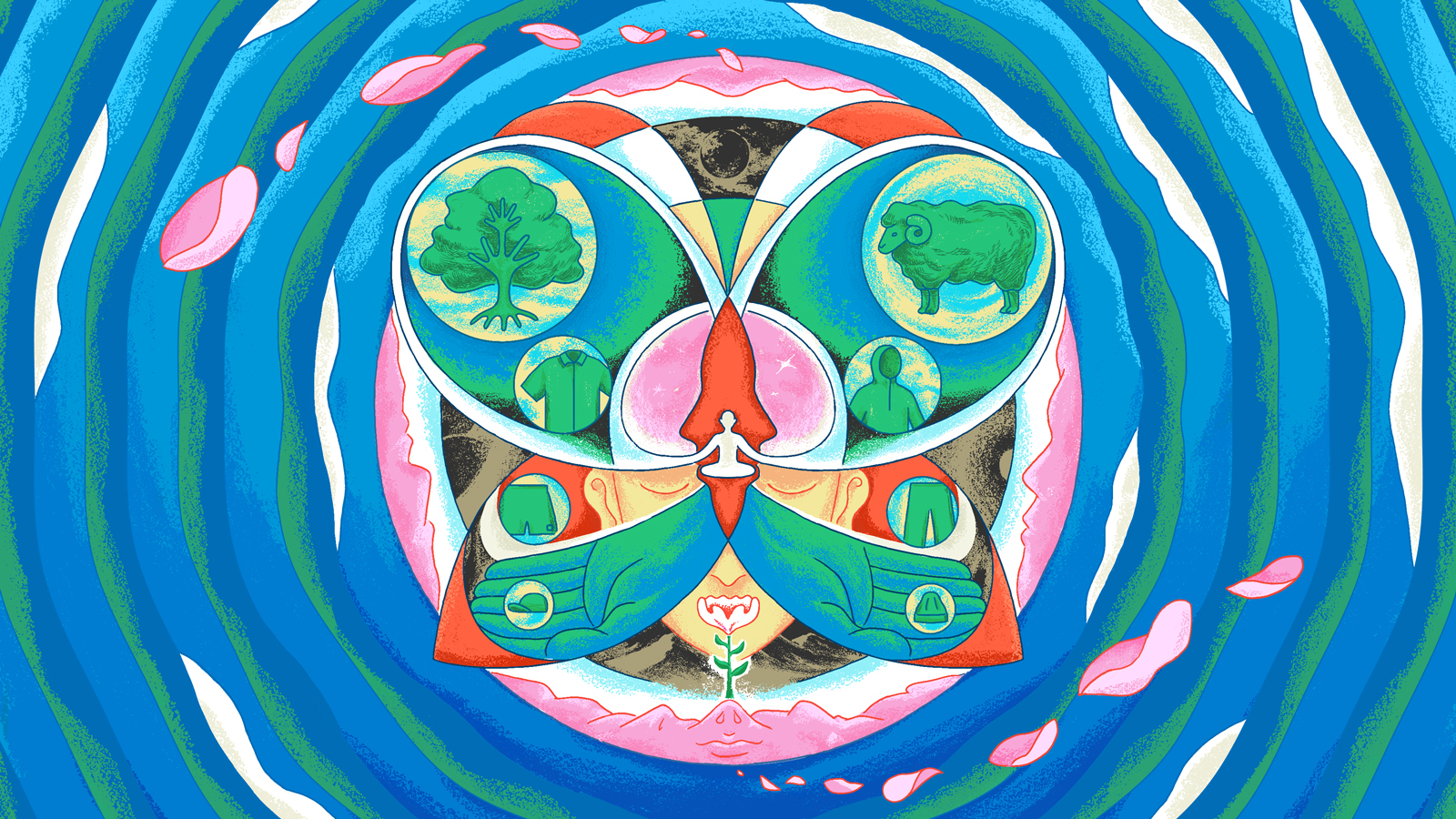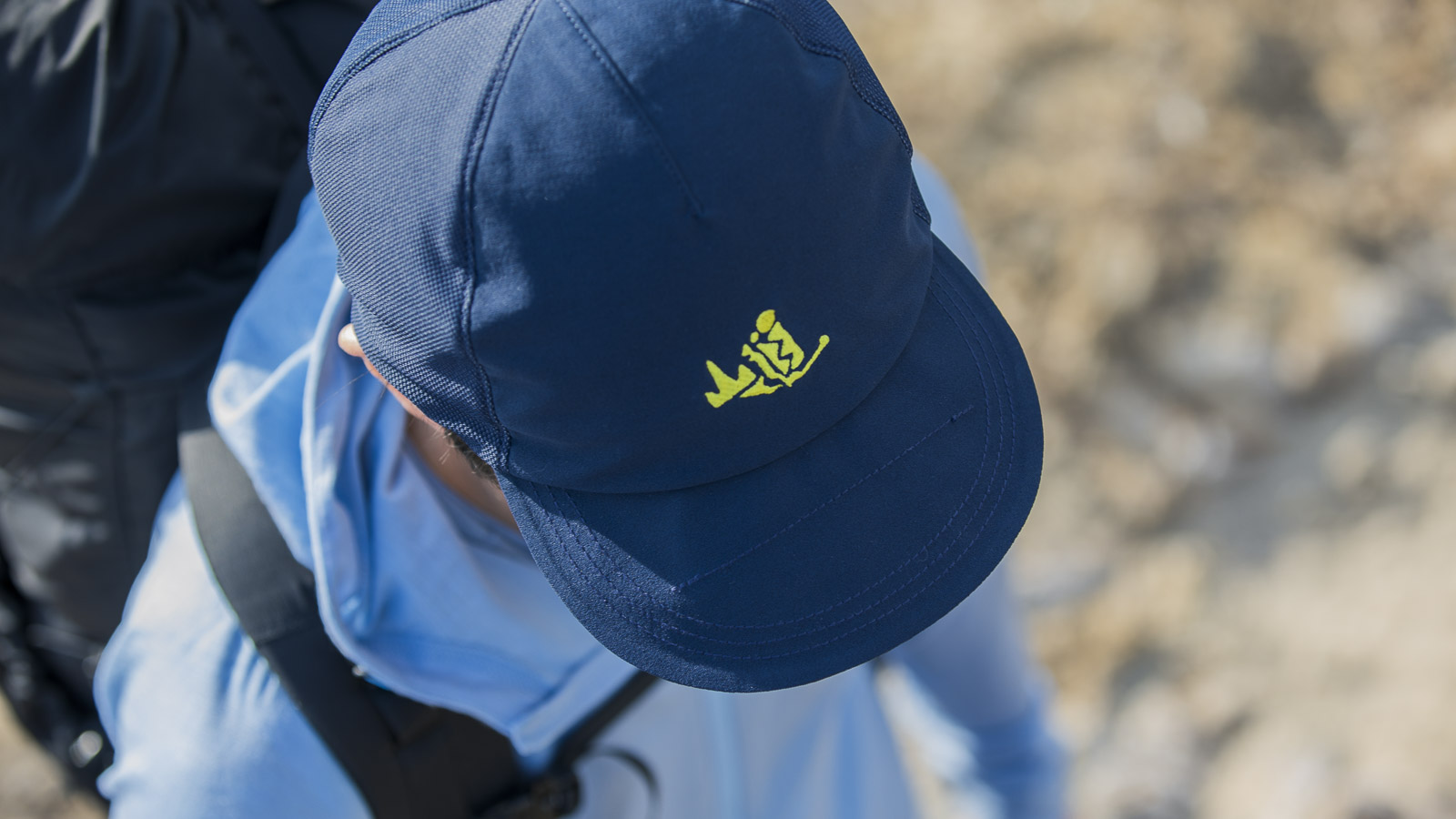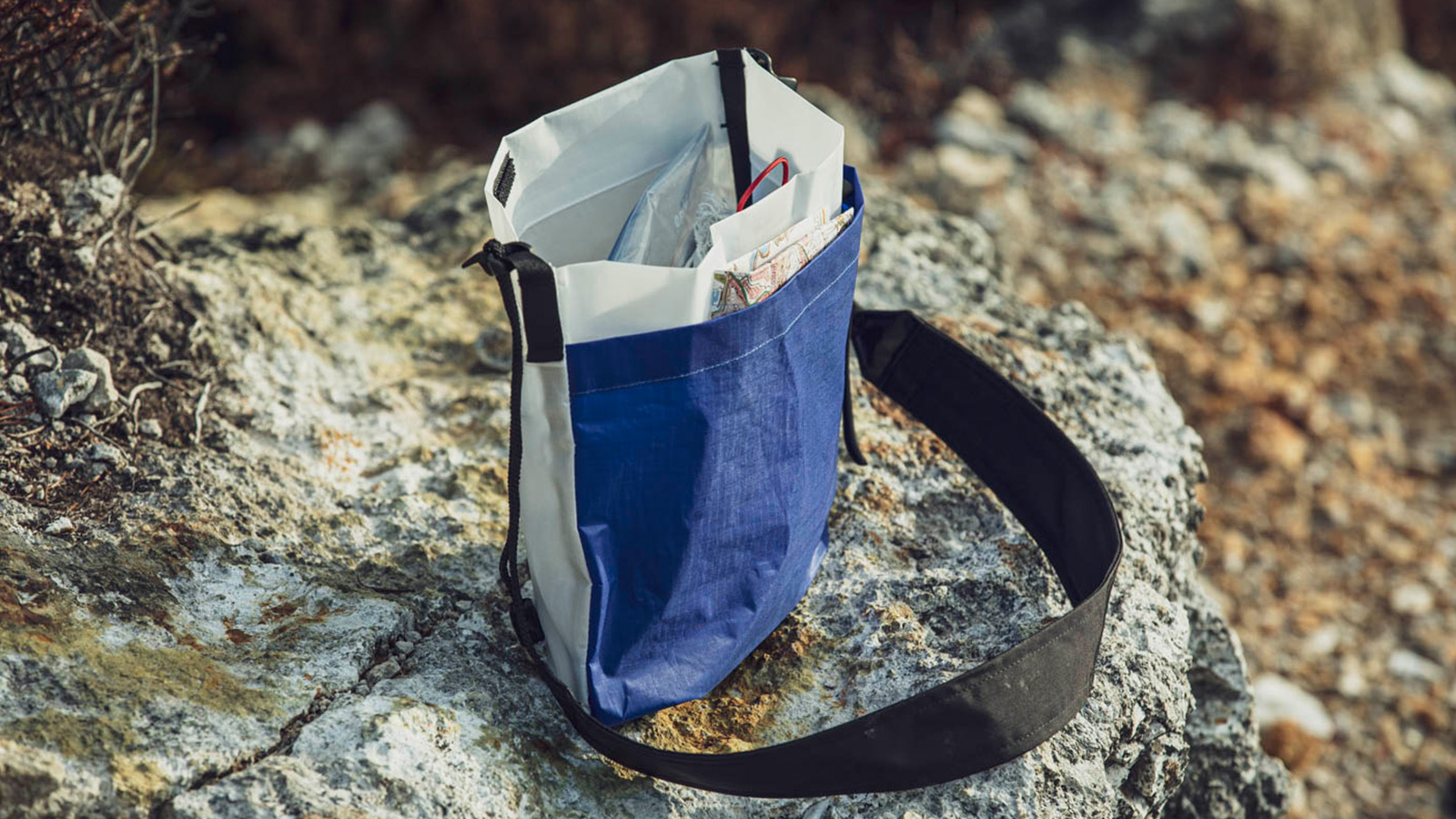Environmental Sustainability in Manufacturing
Photography: Masaaki Mita
Environmental Sustainability in Manufacturing
Photography: Masaaki Mita
The “Zero Waste Manufacturing” project by Yamatomichi is an initiative addressing environmental and societal issues. As we move forward with this project, we believe it is crucial to understand how the world are tackling environmental problems.
We invited Ioo Takemura, co-representative of the general incorporated association Unisteps, which serves as the Japanese office for the global campaign Fashion Revolution aimed at revitalizing the fashion industry.
This interview was rich in insights; the current state of sustainability, the structural problems faced by the fashion industry, how consumers can approach environmental issues, and what small companies like Yamatomichi can achieve.
We hope this discussion brings us some ideas on sustainability and working towards a better environment.

The interview was conducted on January 16, 2024, at the Yama tomichi Daibutsu Research Laboratory.
What is sustainable manufacturing?
Akira Natsume (hereafter: Akira): Our product development, production, and sale tactics are have an underlining theme, “zero waste.” However, I have question about whether the direction Yamatomichi is heading in is fundamentally correct. I would like to hear from you, Ms. Takemura about the current state of sustainability surrounding manufacturing. I reviewed the “Infographic Summary” created by Unisteps and realized that sustainable activities are developing more than I had imagined, and the world is gradually changing. How do you perceive the current situation?
Io Takemura (hereafter: Io): Over the past decade, research on the environmental impact of the fashion industry has advanced, and international organizations have begun to take the issue seriously. As a result, I think the awareness of the problem among those involved in the fashion industry has increased. There is a growing consciousness that the industry as a whole needs to take some action. Recently, greenwashing* has become a significant concern. Even if sustainability initiatives are heavily advertised, if the overall business is regressing, it confuses consumers, leading to a trend towards stricter regulation.
*Greenwashing refers to the practice of making it appear as though an organization is engaging in environmentally friendly practices when, in fact, it is not.
Akira: Is it fair to consider the current increase in sustainable initiatives as a positive development?
Io: Yes, the increased awareness of sustainability is a positive trend. However, the issue of greenwashing has also emerged, and if not addressed strictly, it could lead to the oversaturation and dilution of the true meaning of sustainability. If incorrect information spreads, it could become irreversible, so there is a push towards regulation.
Akira: The level of interest in sustainability varies by country and region, doesn’t it?
Io: Absolutely. In Japan, for example, Tokyo has a high level of awareness, but the situation changes drastically once you step into more rural areas. Even when discussing the same topics, they can perceive things very differently.

Io Takemura: Co-founder of general incorporated association Unisteps/Fashion Stylist. Born in Nagoya City in 1982. Moved to the UK in 2002 and received a masters in fashion. She then worked for a UK-based upcycle brand while presenting ethical fashion styling in magazines as a stylist. She returned to Japan in 2010 and established the ethical fashion promotion organization Ethical Fashion Japan (EFJ) in 2012. Appointed as the head of the Japan branch of Fashion Revolution in 2016. Io Co-founded Unisteps with colleagues in 2020.
Yumiko Natsume (hereafter: Yumiko): When we talk about sustainable manufacturing, what other methods are there besides using recycled materials?
Io: First and foremost, I think it is crucial to make production practices, such as pricing and production volume, appropriate. It is very challenging, but producing appropriate quantities and making items that are meant to last are essential. If we are going to make things, the trend is to use environmentally conscious materials such as organic or recycled materials.
Akira: When looking at various information, I see that a lot of companies discard clothing, and I feel that continuous mass production itself is the problem. Simply using recycled materials or achieving carbon neutrality* doesn’t entirely sit well with me. Can you tell me more about this situation?
*Carbon neutrality means making the net amount of greenhouse gases, including carbon dioxide, emitted into the atmosphere zero by balancing emissions with absorption by forests, etc. To achieve this, it is essential to choose materials and energy with low environmental impact, manufacture products that are easy to recycle or repair, produce and purchase appropriate quantities, and consider recycling and upcycling.
Io: I think there are three stages to the clothing waste issue. One is that items are discarded without ever reaching customers. Another is that unsold items enter secondary distribution and are discarded there. The third stage is when customers dispose the items. We need to consider which stage to approach, or things can become complex real quick. In France, there is a national regulation that prohibits incinerating unsold inventory, but whether it is being properly enforced is still in question. Nevertheless, awareness of the need to address waste is high, especially in Europe and the United States, and companies in the fashion industry are exploring ways to tackle this issue.

Yamatomichi founder, Akira Natsume.
Akira: It’s really sad when fans can’t buy our products. So, we created a preorder system where customers can place orders before production. Delivery takes almost a year from when you place the order, which is a lot to ask from our customers. However, this system ensures you can get your desired product, and it allows us to understand the appropriate production quantities. So, I’m thinking this is a system that is going to stay with us.
Io: In fashion, trends change within a year, which can be a problem, but it seems to work for outdoor products. When the preordered item finally arrives, it’s like receiving a gift.
Akira: That’s right. The context is different from fashion. What we create are tools. We spend a tremendous amount of time refining them to what we believe is the best, so we rarely discontinue products. Since we continue to produce and sell these products, our customers feel secure enough to place orders a year in advance. I feel we’ve built a reliable relationship. I don’t want to create something that already exists in the world. If a product exists, you should buy it. We want to make things that don’t exist in the world, and we create what we want to use while hiking. If the product is mediocre, hiking wouldn’t be enjoyable.
Io: I imagine it takes a long time to test products before they are finalized. How long does it usually take?
Akira: It varies by product, but on average, it takes three to four years. The longest took seven years. We take our time in making things. Recently, we released the All-weather Alpha Jacket for winter hiking. It was supposed to be released two years ago, but we found some issues during testing, so we postponed the release and made further adjustments. We hike every week to test, make corrections, and repeat the process endlessly.
Io: Seven years! That’s surprising. In the market, new models often come out every year or even every six months. I always thought it was a waste that previous models become outdated so quickly. It’s amazing that you take that much time to create your products.

Making use of a few meters of fabric
Akira: We try to avoid wasting fabric that emerges from production by turning them into products. In this “Zero Waste Manufacturing” project, we attempted to use all of our leftover fabric. Some fabrics were only a few meters long. We were only able to produce two products for certain colors. Usually, such small-lot, multi-variety production would be declined, but thanks to our cooperative factory in Japan, we were able to make it happen. We understand that this approach is inefficient and doesn’t generate profit for the company, but our staff all understood that it’s something we must do. This effort not only reduces waste from planning to production but also wouldn’t have been possible without building good relationships with our factories and suppliers.
Io: That’s amazing! It’s impressive that there’s a factory willing to produce at such low volume. From a consumer’s perspective, they can only gather information from the product in front of them, so understanding the product’s background helps justify the price and quantity. Building good relationships with suppliers is crucial. For some companies, a discard rate of 1-2% may seem small, but when dealing with tens of thousands of items, it still results in a significant amount of waste. In the context of scaling up business operations, the way you communicate the background of your manufacturing is very challenging. However, your commitment to using even a few meters of leftover fabric increases your credibility.
Akira: Thank you. We also place great importance on repairs and have tried to accommodate all repair requests as much as possible. Through repairs, we identify issues with our products and communicate with our customers. However, repairs are honestly very demanding and require more effort than the repair fee justifies. Communicating with customers is not easy either. Because it’s challenging, how we approach repairs is a significant issue for us moving forward. For example, products made more than ten years ago, especially those with synthetic fibers, have a limited lifespan and inevitably deteriorate. While we can replace the deteriorated parts with new fabric, it changes the product’s appearance entirely, making us question if that’s the right approach and whether investing that much effort is truly beneficial.
Io: When I hear “repair,” the conventional notion of restoring something to its original state bothers me. When I do repairs, I often transform the item into something entirely different. I think it’s perfectly fine for things to change, and I hope this kind of value spreads.

After the conversation, Kitajima from the repair department joined us, and we showed Ms. Takemura a variety of repaired items.

A repair of the zipper on the front pocket of a MINI. Since we no longer use the X-pac LS42 material, we met the customer’s request by patching it with a similar fabric and added a touch of creativity to the repair.
Akira: I also wonder what should be done when a product finally reaches the end of its life.
Ito: Some companies have developed systems where discarded clothes and textiles are collected, detoxified, and turned into fertilizer, which is then used to grow and sell vegetables. Additionally, there are efforts to recycle polyester from clothes that can’t be passed on to others. BRING, for example, is well-known for this.
Akira: We also aim to create a circular system as much as possible. However, as an outdoor manufacturer, we prioritize the functionality of our products. If the functionality declines, it could even result in fatalities. One issue we are currently facing is with water repellents. In Europe and the United States, fluorine, used in Teflon coatings on frying pans, is being phased out due to its adverse effects on the environment and human health. However, fluorine is often used in water repellents. Although many manufacturers have adopted C0, a fluorine-free water repellent, its performance degrades significantly just by touching it with our hands. Therefore, we use C6, a water repellent that doesn’t contain PFOA (a harmful perfluorinated compound) and is considered less harmful to humans. I find the notion that being sustainable is the most important, regardless of practicality or actual conditions, somewhat stifling. What are your thoughts on this?
Io: That’s why more apparel companies are investing in and participating in the development of materials and processes that are both practical and harmless to the environment and human health. It’s essential to pursue practicality and beauty. At the same time, if we become aware of something causing harm, we should think about how to reduce or eliminate it. Collaborations between manufacturers with such intentions and researchers with the necessary technology can open up future possibilities. There was a time when I bought clothes because they were from sustainable brands. However, I realized that if the design and color were not what I loved, I wouldn’t feel excited, and it didn’t seem right. Choosing sustainable options is something we absolutely must do and should promote, but I think we should buy things we genuinely love.
Yumiko: It’s about carefully choosing what you truly want and not buying excessively, right?
Io: Exactly. Among the our staff (Unisteps), we often say that looking at the price first can skew our judgment, so we should look at it last. First, choose what resonates with you, then consider the materials and comfort, and finally, look at the price to decide if you can afford it. We aim to only go for what we absolutely love.
Akira: One of our staff members mentioned something that made me realize something: after he started working with us, his wardrobe size has decreased by more than half. Our products can be used both in hiking and in daily life. As a result, they ended up reducing their belongings, leading to a smaller wardrobe. We weren’t conscious of it, but hearing that makes me think we might be contributing to the environment in our own way.
Io: Exactly. People often think they need to have a lot of clothes or things, but that’s not necessarily true.

What Small Companies Can Do
Akira: I’d like to hear your thoughts on petroleum-based products. Some people see petroleum-based products as inherently bad, but we use petroleum-based materials in our products and see them as essential, so we feel a bit resistant to that trend.
Takemura: Petroleum is a finite resource, so there is a global trend to be cautious about producing products derived from virgin (non-recycled) petroleum. Additionally, the issue of microplastics* released during washing is significant. However, saying that natural fibers are always better isn’t entirely accurate. For example, cotton production requires an enormous amount of water. The use of chemical fertilizers and pesticides is also high, causing soil and water pollution and posing health risks to farmers. So, it’s wrong to assume that natural products are always good. Considering that about 60% of clothing, not just outdoor products, is made of polyester, we should view these materials as resources and develop systems to collect and recycle them after their use.
*Microplastic fibers shed from synthetic clothing during washing are released into wastewater.
Akira: I feel there’s a big difference between what large companies can do and what small companies like ours can do. Large companies have obligations like transparency to shareholders and a significant social impact, so they must address broader social issues. In contrast, small companies like ours are limited in what we can do, and when we consider what to prioritize, I believe we must first focus on taking care of our stakeholders, customers, and community.

Artwork created for our “Zero Waste Manufacturing” project.
Illustration: KOH BODY
Io: I think what you’re currently working on is wonderful. Large companies have significant production volumes and numerous partnerships, resulting in a tremendous impact. For instance, even allocating just 1% of their sales to environmental initiatives can make a huge difference, so large corporations should take responsibility in their product manufacturing and communication. At Unisteps, we run a global campaign called Fashion Revolution, which includes a metric known as the “Fashion Transparency Index.” This index evaluates the transparency of 250 major global brands. When discussing transparency, mixing small brands with large ones doesn’t make for a productive conversation. Therefore, we should separate the issues of large and small companies.
Akira: How can we improve and move forward in the future?
Takemura: I believe that a significant strength of small brands is their close relationship with customers. Although this is just my personal opinion, I think sales staff are crucial. In larger companies, salespeople often end up at the bottom of the corporate hierarchy and may not be well-informed about the company’s manufacturing processes or sustainability initiatives. This is a huge missed opportunity, especially since they are the closest to the customers and can directly convey information and sentiments. For small companies, this communication is vital. I’ve visited your store, and I noticed that your sales staff are knowledgeable about the products and engage well with customers. If the store staff are well-informed and can generate ideas through customer interactions, it can positively impact the business.
Akira: Thank you. As you mentioned, we believe that communication with shop staff is very important. We haven’t yet fully shared all the information, such as the circular economy concepts we’ve discussed, with our communication staff. We need to continue our education, share knowledge among all staff, and convey this information to our customers to improve further.
Reflections
Since founding Yamatomichi, I have always strived to create meaningful products and build a company with purpose. While observing the global shift towards sustainable manufacturing, I have also felt a sense of discomfort with the trend of accelerating mass production and consumption, even when using recycled materials.
However, at ISPO, the world’s largest outdoor trade show held in Munich, Germany in 2023, I noticed that discussions were beginning to focus not just on using recycled materials, but on more fundamental aspects of sustainable manufacturing. These include fully utilizing fabric, eliminating waste, and recycling cutting scraps.
With this in mind, I wanted to gain a deeper understanding of the current state of affairs through this “Zero Waste Manufacturing” project and organized a conversation with Io from Unisteps. After our discussion, I realized that there are still many things we can do in terms of product life cycles, transparency, and material choices, even as a small company. This has provided us with a valuable opportunity to reflect and consider what we can achieve. Thank you, Ms. Takemura.
Yamatomichi founder, Akira Natsume

















